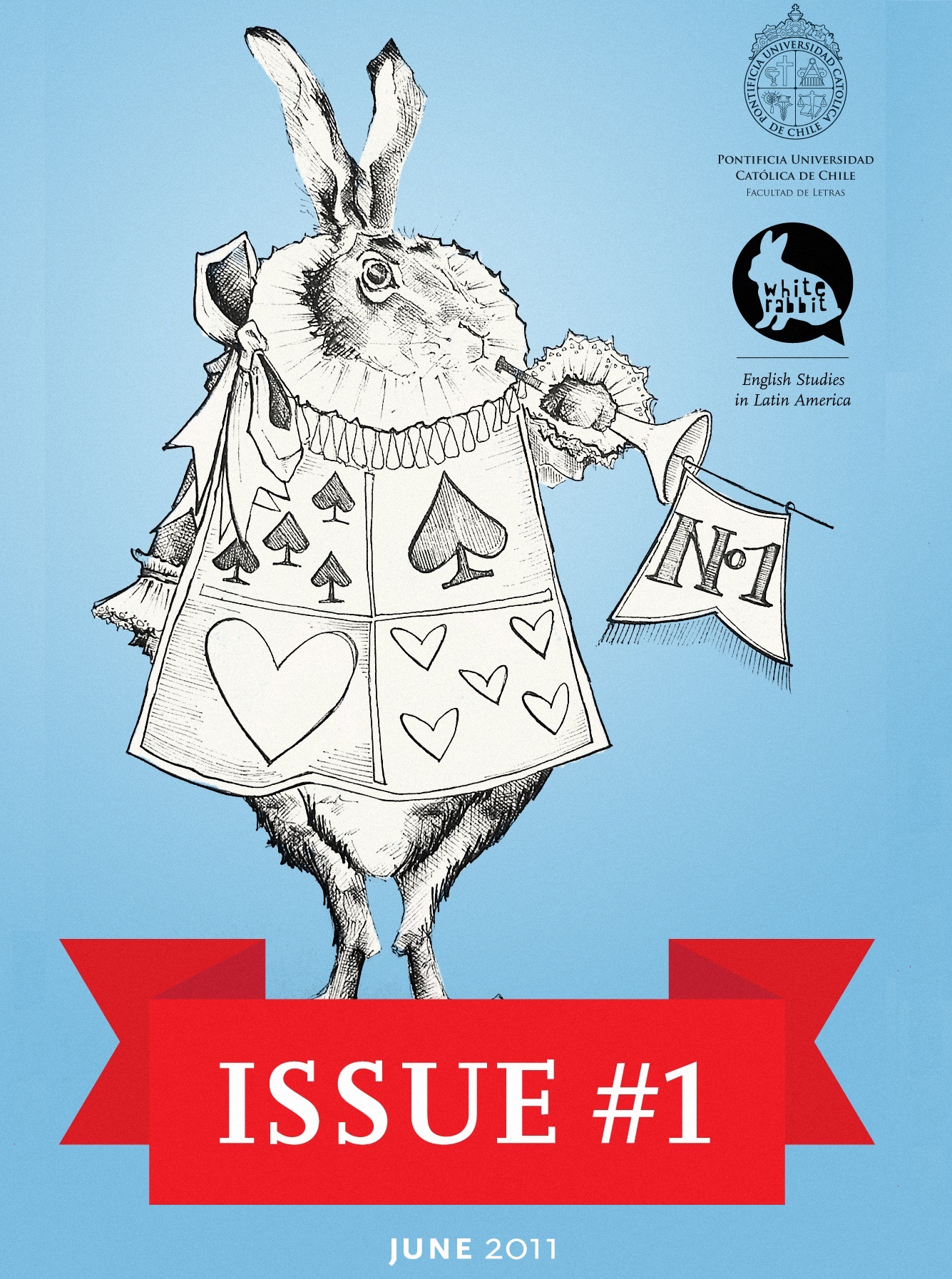Pop Culture Society in Neil LaBute’s Fat Pig
DOI:
https://doi.org/10.7764/ESLA.61861Keywords:
POP CULTURE, NEIL LABUTE, FAT PIG, CONTEMPORARY AMERICA, PHYSICAL APPEARANCEAbstract
The following study discusses the influence of popular culture in American society today by means of analyzing Neil LaBute’s play Fat Pig and the ways in which pop culture shapes the plot, the characters, and the society depicted in the play. As part of his trilogy devoted to the problems and consequences of the obsession with beauty and physical appearance, LaBute’s Fat Pig uses pop references mixed with cruel and witty dialogues to create a reflection of a society that has put pop culture on a pedestal and that has let it shape its people.The paper discusses how the play’s four characters are off-springs of a society that has been shaped by the media (films, television, and magazines) and how Fat Pig is not just about the issues surrounding weight, but goes further inthe search for a self-criticism of the way we judge people who are different in any way. In order to analyze all of these areas, three main authors are discussed: John Storey and his book Cultural Theory and Popular Culture, Manfred Pfister and his bookTheory and Analysis of Drama, and finally Angela McRobbie and her essays comprised inPostmodernism and Popular Culture. To conclude, the link between the theater and the cinema is discussed in order to show how they both enhance each other’s strengths.
Downloads
Downloads
Published
How to Cite
Issue
Section
License

This work is licensed under a Creative Commons Attribution-NonCommercial-NoDerivatives 4.0 International License.


